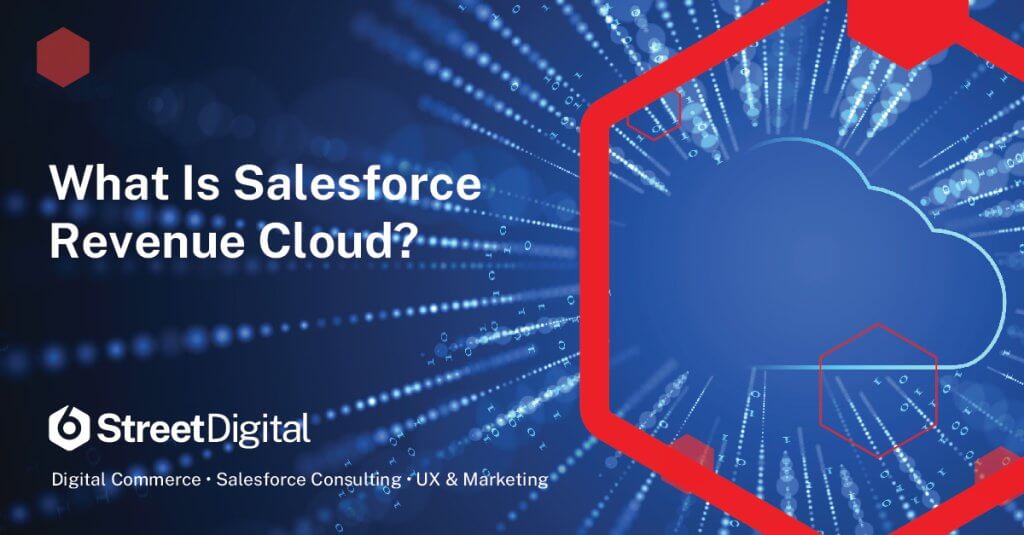Today, about 82% of businesses fail because of cash flow problems. Keeping track of profit, revenue, and overall sales has never been more important.
But on top of everything else, time might be limited, and you could feel overwhelmed. While all of this might feel overwhelming, there’s a system that’ll let you streamline the process and access all this information. Read this guide on Salesforce Revenue Cloud and how it can help you stay organized today!
What Is Salesforce Revenue Cloud?
Only around 50% of businesses make it past five years, don’t let that be your story. Salesforce Revenue Cloud combines Salesforce CPQ & Billing as well as other products. Keep track of consumption-based models, recurring revenue, and have a stronger sales engine.
Combine finance, operations, and sales in one process. Automation is one of the top benefits.
You’ll be able to have:
- Industry-specific sales
- Partner sales
- Assisted sales
- Self-service
- Obtain payments
- Product bundling
- Reduce your financial risk
The current Salesforce tools include:
- B2B Commerce
- Partnership Relationship Management
- Salesforce CPQ & Billing
New features include:
- A connector for CPQ and B2B commerce
- Customer Asset Lifecycle Management
- Multi-Cloud Billing
Salesforce for Business
Consumers expect a seamless buying experience. They expect assistance with promotions, discounts, and coupons. Optimize the lead-to-revenue-recognition process.
Enjoy custom processes for specific sectors. Experiment with revenue models to find the right one.
Use CPQ-B2B Commerce connectors. Have enhanced multi-cloud billing.
Have a single platform to generate revenue from other clouds. This will upsell capabilities.
Use management tools to create a dashboard of client purchases. Have real-time tracking of KPIs, including net revenue retention, revenue, and customer lifetime value.
Why Salesforce Revenue Cloud?
Collect payments, package product bundles, and handle order configurations. Create invoices across multiple channels. Combine eCommerce, partner sales, and direct sales.
It also has built structured revenue transactions. This allows you to enable downstream revenue recognition.
Billing Explained
Check invoicing it can handle compared to what you require. While Salesforce doesn’t have built-in mediation, it partners with companies that do.
Create invoices from orders without using expensive or complex integrations from third parties.
Potential Cons
Although Salesforce has dynamic pricing, it doesn’t require custom code. Salesforce has revenue recognition, but it’s on the lighter end. You might need a more advanced functionality to scale.
How Salesforce Revenue Cloud Impacts Businesses
It’s not a product or solution but a way to streamline various processes. When using Salesforce Revenue Cloud, you can use multiple products together. Check out your current systems and tools to see if there’s a way to optimize the process.
The team can see the entire customer process and how earnings can span across various channels. Teams can change their strategies and use current trends to succeed.
You could also think about future buyer behavior changes. It’ll allow you to open more revenue streams.
Your team can spend more time promoting streams that perform well. Follow trends and shift your strategy over time.
Through detailed sales analytics, you can determine the monetization strategy. Salesforce also encourages innovation in your company.
Through automation, teams can focus more on what matters most. Invoicing and orders will take place within Salesforce.
Salesforce will allow you to charge clients the correct amount. Use the Salesforce Revenue Cloud to complete more sales through discounts.
How It Works
Use the backend with sales statistics. You could even find a channel-by-channel breakdown. These include self-service, partner sales, and direct sales.
It has a graph that shows recurring revenue trends. Use their integration update to keep pricing and catalog products up-to-date. Collect payments through various channels.
Common reasons to use it:
- Manage customers
- Automate payment processes
- Analyze business sales trends
It also helps those who don’t have a clear picture of where revenue is coming from. Save time and avoid performing admin tasks. Also, it’s good to use if you’re losing revenue because you’re not billing the correct amount.
Solves Existing Problems
See a more consistent process. Buyers find that the experience you provide is as important as the service.
Enable buyers to make payments easier. The onboarding process is quicker as well. Use the Salesforce Revenue Cloud to keep your revenue data in one place.
The Revenue Cloud allows you to:
- Have monetization models
- Drive efficiency
- Improve customer experiences
- Combine data with your revenue processes
- Give customers flexibility
Customer Asset Lifecycle Management
Stores and converts customer purchases into the account. See how assets change and what customers buy. Manage time-based products and subscriptions in one location.
It can also remove any redundancies in complex revenue models. Through the automated customer lifecycle, you’ll have an improved bottom line.
Since it automates various processes, this saves you time and money. It also reduces the chance of human errors.
Traditional pricing systems make it more difficult to handle businesses today. The Salesforce Revenue Cloud can adapt to changes that traditional systems can’t.
Salesforce Billing can have various billing use cases in one location. There are flexible pricing methods to choose from as well.
Have a comprehensive view of the customer. Calculate various metrics and access insightful records.
Better Understanding the Salesforce Revenue Cloud
After exploring this guide, you should better understand the Salesforce Revenue Cloud. Review your current systems and processes and decide if now is the right time to make the switch.
Are you wanting to get started with Salesforce but don’t have time? Or maybe you want to focus on what matters most, making sales.
If you’re ready to get started, schedule a consultation today. If you have any questions along the way, we’re happy to help.
